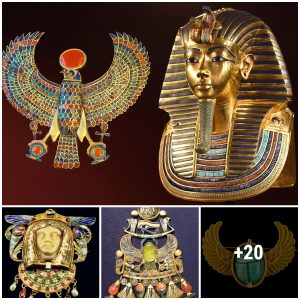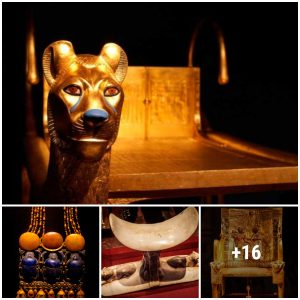A mass grave of 20 ‘possibly medieval’ skeletons has been unearthed in Vianen by city workers excavating a moat. The majority of the remains are said to be men age 15 to 30, who lived between the Late Middle Ages and the 18th century.

A number of rusty nails were also collected from the scene, which suggests the stacked skeletons were initially buried in a wooden box. The rare discover lies just outside the grounds of Batestein Castle, leading archaeologists to believe there may be more skeletons hiding in the area.
The remains were discovered last week on Friday, with nine skeletons confirmed by the evening. However, archaeologists returned to the gruesome excavation site Monday to find 11 more – bringing the total to 20.

Alderman Christa Hendriksen, one of the archaeologists, said she was “surprised” by the discovery and even more that the bodies had been stacked.
The team expected to find artifacts like buttons or jewelry, but only spotted old nails among the remains – pointing to the idea that this may have been a mass murder.

It also raises speculation that the skeletons were found outside of Batestein Castle. The structure was built in the 14th century and was plagued by hardship.
In 1567, the surrounding town and castle was overrun by the Spanish Army. More than a century later, fireworks sparked a large fire inside the castle’s walls and due to financial problems, it was never rebuilt.

The large keep was torn down in 1771, the rest of the castle followed in 1828 through 1829. The only thing left at present of the castle are part of the decorative gate, called the Hof or Bosch Gate, and some connecting wall parts. The former castle terrain is now built over with houses.
The mass grave has raised a lot of questions: “Why are these people lying here? What caused them to die? Could it be related to historical events?” one of the archaeologists said according to Alkhaleej Today.

The bones are now being collected and will be taken to a specialist for a deeper analysis. “There is no doubt that there is more. The size is not yet known. That is why an even larger area is being investigated,” said Hendriksen.
The city project is now on hold until Hendriksen and her team can fully excavate the area.





